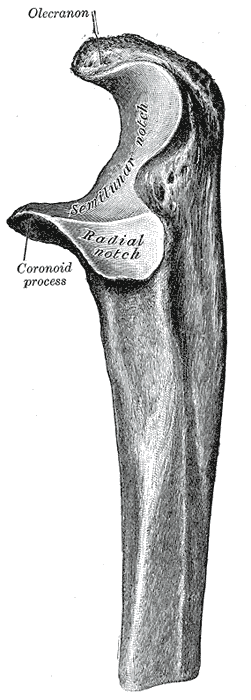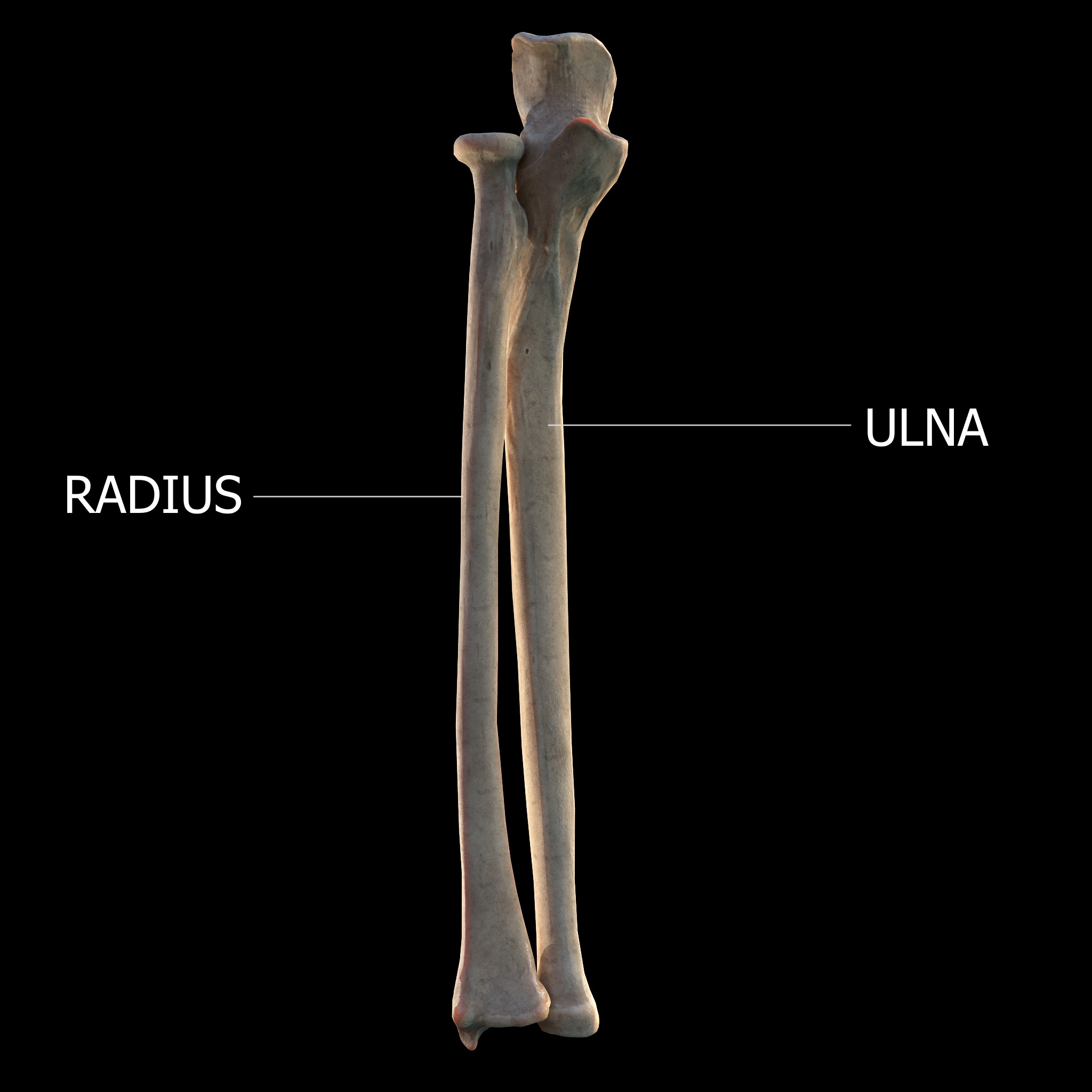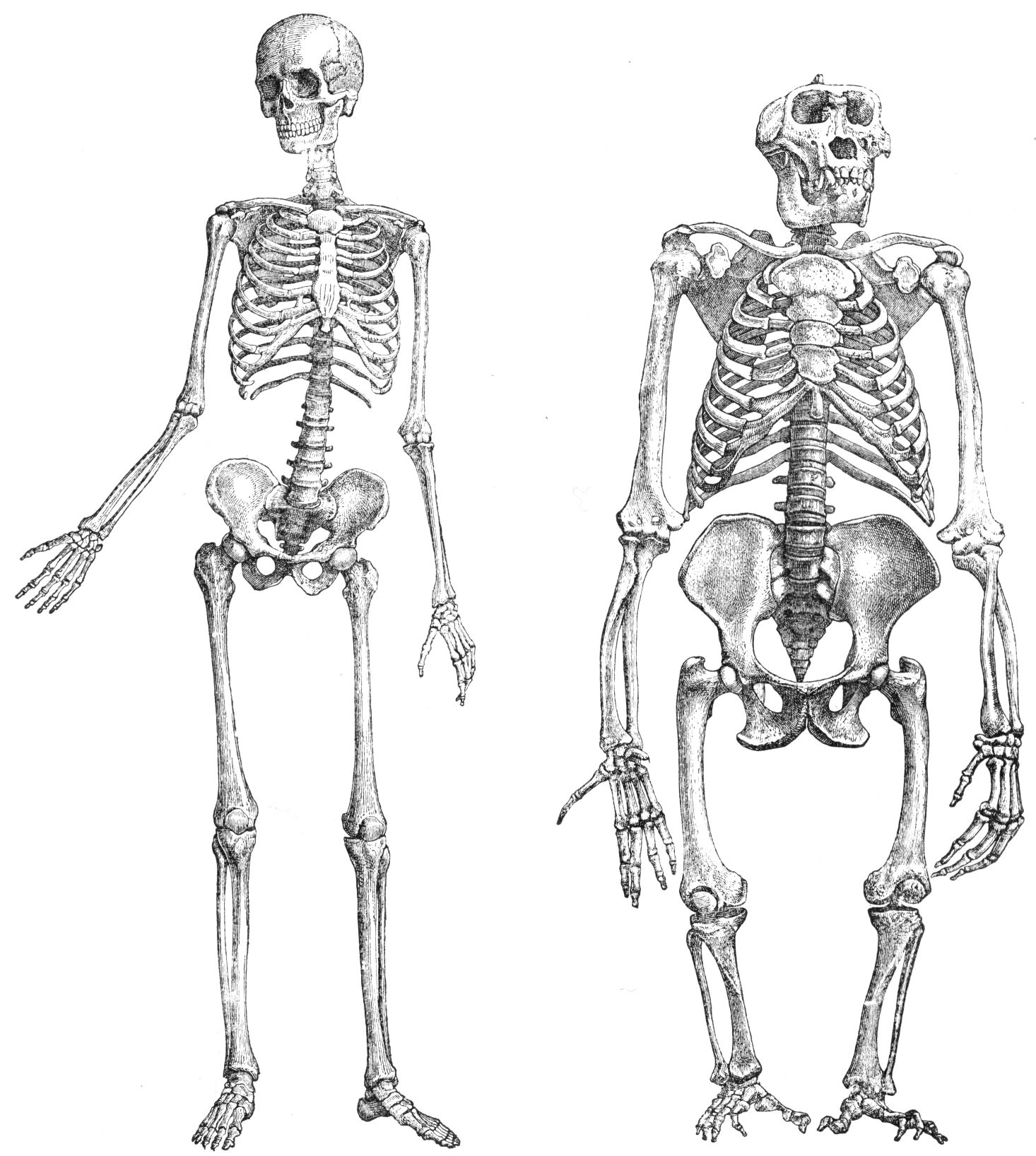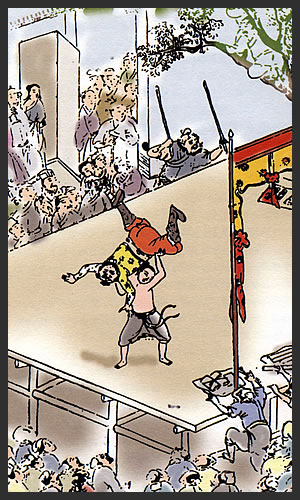|
Ashi-Hishigi
Ashi-Hishigi also called an Achilles lock or simply an ankle lock, is a technique described in both '' The Canon Of Judo'' by Kyuzo Mifune and '' Brazilian Jiu-Jitsu, Theory and Technique'' by Renzo Gracie and Royler Gracie as well as demonstrated in the video, The Essence Of Judo. It is classified as a joint lock (Kansetsu-waza), and is not a recognized technique of the Kodokan. However, it is a commonly used technique in both Brazilian Jiu-Jitsu tournaments and Mixed martial arts competition. Technique Description Executing this lock involves pressing the achilles tendon into the back of the ankle or lower leg. It is typically performed by wedging a forearm, especially a bony part of it, into the Achilles tendon. Simultaneously leveraging the foot and the leg over the forearm, which serves as a fulcrum. This causes severe pressure on the Achilles tendon, often resulting in an ankle lock, since the ankle is being used as a point of leverage. Similarly, some ankle locks also caus ... [...More Info...] [...Related Items...] OR: [Wikipedia] [Google] [Baidu] |
Compression Lock
A compression lock, muscle lock, muscle slicer or muscle crusher, is a grappling hold that causes severe pain by pressing a muscle into a bone. A compression lock can cause a joint lock in a nearby joint when it is applied by squeezing a limb over a fulcrum. A forceful compression lock may damage muscles and tendons, and if accompanied by a joint lock, may also result in torn ligaments, dislocation or bone fractures. Compression locks can be used as pain compliance holds, and are sometimes featured in combat sports as submission holds. Achilles lock An Achilles lock (also called an Achilles hold or Achilles squeeze or Ashi-Hishigi in judo) is a compression lock that involves pressing the Achilles tendon into the back of the ankle or lower leg. It is typically performed by wedging a forearm, especially a bony part of it, into the Achilles tendon, while leveraging the foot and the leg over the forearm serving as a fulcrum. This causes severe pressure on the Achilles tendon, and ofte ... [...More Info...] [...Related Items...] OR: [Wikipedia] [Google] [Baidu] |
Judo Technique
This is a list of judo techniques. They are categorized into Throw (grappling), throwing techniques (''nage-waza''), Grappling, grappling techniques (''katame-waza''), Judo atemi waza, body-striking techniques (''atemi-waza)'', blocks and parries (''uke-waza''), Ukemi, receiving/breakfall techniques (''ukemi''), and Kappo, resuscitation techniques (''kappo''). The above categorization of techniques is orthogonal to the categorization of domains of combat, which include and . Some techniques can be used only in one of these domains, and some can be used in both. In practice, ''ne-waza'' is often used as a synonym of , or some of its subcategories, most often and possibly also . is yet another subcategorization of ''nage-waza'' into 5 main groups, as well as groups of preserved techniques (''habukareta-waza'') and new techniques (''shinmeisho-no-waza''). This grouping has been made for pedagogical purposes ("Learning the throws in order is the key to mastery."). Nage-waza (投� ... [...More Info...] [...Related Items...] OR: [Wikipedia] [Google] [Baidu] |
Leglock
A leglock is a joint lock that is directed at joints of the human leg, leg such as the ankle, knee or hip joint. A leglock which is directed at joints in the foot is sometimes referred to as a foot lock and a lock at the hip as a hip lock. Leglocks are featured, with various levels of restrictions, in combat sports and martial arts such as Sambo (martial art), Sambo, Brazilian Jiu-Jitsu, catch wrestling, mixed martial arts, Shootwrestling and submission wrestling, but are banned in some sports featuring joint locks such as judo. The technique has been seen across a wide range of different combat sports and is reportedly over 2,500 years old, having been seen in the lost art of Pankration in the original Olympic Games. As with other jointlocks, leglocks are more effective with full body :wikt:leverage, leverage. Some attack the large joints of the knee or hip and involve utilizing leverage to counteract the larger muscle groups, while others directly attack ligaments in the knee or ... [...More Info...] [...Related Items...] OR: [Wikipedia] [Google] [Baidu] |
Grappling Techniques
Grappling is a fighting technique based on throws, trips, sweeps, clinch fighting, ground fighting and submission holds. Grappling contests often involve takedowns and ground control, and may end when a contestant concedes defeat. Should there be no winner after the match time-limit has lapsed, competition judges will determine the winner based on who exerted more control. Grappling most commonly does not include striking or the use of weapons. However, some fighting styles or martial arts known especially for their grappling techniques teach tactics that include strikes and weapons either alongside grappling or combined with it. History Grappling appears in the earliest combat systems. In Mesopotamia and Ancient Egypt, depictions of wrestlers in grappling poses appear on tombs and artifacts dating back to 2000 BCE. The Greeks formalized grappling in the sport of pále, a key part of the Olympic pentathlon, and developed a hybrid striking-grappling art called pankration. ... [...More Info...] [...Related Items...] OR: [Wikipedia] [Google] [Baidu] |
Achilles Tendon
The Achilles tendon or heel cord, also known as the calcaneal tendon, is a tendon at the back of the lower leg, and is the thickest in the human body. It serves to attach the plantaris, gastrocnemius (calf) and soleus muscles to the calcaneus (heel) bone. These muscles, acting via the tendon, cause plantar flexion of the foot at the ankle joint, and (except the soleus) flexion at the knee. Abnormalities of the Achilles tendon include inflammation ( Achilles tendinitis), degeneration, rupture, and becoming embedded with cholesterol deposits ( xanthomas). The Achilles tendon was named in 1693 after the Greek hero Achilles. History The oldest-known written record of the tendon being named after Achilles is in 1693 by the Flemish/Dutch anatomist Philip Verheyen. In his widely used text he described the tendon's location and said that it was commonly called "the cord of Achilles." The tendon has been described as early as the time of Hippocrates, who described it as th ... [...More Info...] [...Related Items...] OR: [Wikipedia] [Google] [Baidu] |
Martial Arts Techniques
Marcus Valerius Martialis (known in English as Martial ; March, between 38 and 41 AD – between 102 and 104 AD) was a Roman and Celtiberian poet born in Bilbilis, Hispania (modern Spain) best known for his twelve books of ''Epigrams'', published in Ancient Rome, Rome between AD 86 and 103, during the reigns of the emperors Domitian, Nerva and Trajan. In these poems he satirises city life and the scandalous activities of his acquaintances, and romanticises his provincial upbringing. He wrote a total of 1,561 epigrams, of which 1,235 are in elegiac couplets. Martial has been called the greatest Latin epigrammatist, and is considered the creator of the modern epigram. He also coined the term plagiarism. Early life Knowledge of his origins and early life are derived almost entirely from his works, which can be more or less dated according to the well-known events to which they refer. In Book X of his ''Epigrams'', composed between 95 and 98, he mentions celebrating his fifty ... [...More Info...] [...Related Items...] OR: [Wikipedia] [Google] [Baidu] |
Fulcrum
A fulcrum (: fulcra or fulcrums) is the support about which a lever pivots. Fulcrum may also refer to: Companies and organizations * Fulcrum (Anglican think tank), a Church of England think tank * Fulcrum Press, a British publisher of poetry * Fulcrum Wheels, a bicycle wheel manufacturer in Italy * The Fulcrum, an American news site Entertainment * ''Fulcrum'' (annual), a United States literary periodical * Fulcrum (''Chuck''), the enemy spy organization on the TV series ''Chuck'' * ''Fulcrum'' (newspaper), a student newspaper at the University of Ottawa * ''Fulcrum'' (sculpture), a 1987 sculpture in London by Richard Serra * The Fulcrum (comics), a supreme being in the Marvel Comics universe * Ahsoka Tano, a character in the animated series ''Star Wars Rebels'' who uses the alias Fulcrum ** Agent Alexsandr Kallus, a character from the same series who took the alias Fulcrum after Ahsoka Tano. Other * Fulcrum (Antarctica), a geological formation in Antarctica * Fulcrum (dru ... [...More Info...] [...Related Items...] OR: [Wikipedia] [Google] [Baidu] |
Ulna
The ulna or ulnar bone (: ulnae or ulnas) is a long bone in the forearm stretching from the elbow to the wrist. It is on the same side of the forearm as the little finger, running parallel to the Radius (bone), radius, the forearm's other long bone. Longer and thinner than the radius, the ulna is considered to be the smaller long bone of the lower arm. The corresponding bone in the Human leg#Structure, lower leg is the fibula. Structure The ulna is a long bone found in the forearm that stretches from the elbow to the wrist, and when in standard anatomical position, is found on the Medial (anatomy), medial side of the forearm. It is broader close to the elbow, and narrows as it approaches the wrist. Close to the elbow, the ulna has a bony Process (anatomy), process, the olecranon process, a hook-like structure that fits into the olecranon fossa of the humerus. This prevents hyperextension and forms a hinge joint with the trochlea of the humerus. There is also a radial notch for ... [...More Info...] [...Related Items...] OR: [Wikipedia] [Google] [Baidu] |
Forearm
The forearm is the region of the upper limb between the elbow and the wrist. The term forearm is used in anatomy to distinguish it from the arm, a word which is used to describe the entire appendage of the upper limb, but which in anatomy, technically, means only the region of the upper arm, whereas the lower "arm" is called the forearm. It is homologous to the region of the leg that lies between the knee and the ankle joints, the crus. The forearm contains two long bones, the radius and the ulna, forming the two radioulnar joints. The interosseous membrane connects these bones. Ultimately, the forearm is covered by skin, the anterior surface usually being less hairy than the posterior surface. The forearm contains many muscles, including the flexors and extensors of the wrist, flexors and extensors of the digits, a flexor of the elbow ( brachioradialis), and pronators and supinators that turn the hand to face down or upwards, respectively. In cross-section, the forearm can ... [...More Info...] [...Related Items...] OR: [Wikipedia] [Google] [Baidu] |
Human Leg
The leg is the entire lower limb (anatomy), limb of the human body, including the foot, thigh or sometimes even the hip or Gluteal muscles, buttock region. The major bones of the leg are the femur (thigh bone), tibia (shin bone), and adjacent fibula. There are 30 bones in each leg. The thigh is located in between the hip and knee. The calf (leg), calf (rear) and Tibia#Structure, shin (front), or shank, are located between the knee and ankle. Legs are used for standing, many forms of human movement, recreation such as dancing, and constitute a significant portion of a person's mass. Evolution has led to the human leg's development into a mechanism specifically adapted for efficient bipedalism, bipedal gait. While the capacity to walk upright is not unique to humans, other primates can only achieve this for short periods and at a great expenditure of energy. In humans, female legs generally have greater hip anteversion and tibiofemoral angles, while male legs have longer femur a ... [...More Info...] [...Related Items...] OR: [Wikipedia] [Google] [Baidu] |
Ankle
The ankle, the talocrural region or the jumping bone (informal) is the area where the foot and the leg meet. The ankle includes three joints: the ankle joint proper or talocrural joint, the subtalar joint, and the inferior tibiofibular joint. The movements produced at this joint are dorsiflexion and plantarflexion of the foot. In common usage, the term ankle refers exclusively to the ankle region. In medical terminology, "ankle" (without qualifiers) can refer broadly to the region or specifically to the talocrural joint. The main bones of the ankle region are the talus bone, talus (in the foot), the tibia, and fibula (both in the leg). The talocrural joint is a Synovial joint, synovial hinge joint that connects the distal ends of the tibia and fibula in the lower limb with the proximal end of the talus. The articulation between the tibia and the talus bears more weight than that between the smaller fibula and the talus. Structure Region The ankle region is found at the junction ... [...More Info...] [...Related Items...] OR: [Wikipedia] [Google] [Baidu] |
Mixed Martial Arts
Mixed martial arts (MMA) is a full-contact fighting combat sport, sport based on strike (attack), striking and grappling; incorporating techniques from various combat sports from around the world. In the early 20th century, various inter-stylistic contests took place throughout Japan and the countries of East Asia. At the same time, in Brazil there was a phenomenon called vale tudo, which became known for unrestricted fights between various styles such as judo, Brazilian jiu-jitsu, catch wrestling, luta livre, Muay Thai and capoeira. An early high-profile mixed bout was Masahiko Kimura vs. Hélio Gracie, Kimura vs Gracie in 1951. In mid-20th century Hong Kong, rooftop street fighting contests between different martial arts styles gave rise to Bruce Lee's hybrid martial arts style Jeet Kune Do. Another precursor to modern MMA was the 1976 Muhammad Ali vs. Antonio Inoki, Ali vs. Inoki exhibition bout, fought between boxer Muhammad Ali and wrestler Antonio Inoki in Japan, where ... [...More Info...] [...Related Items...] OR: [Wikipedia] [Google] [Baidu] |








